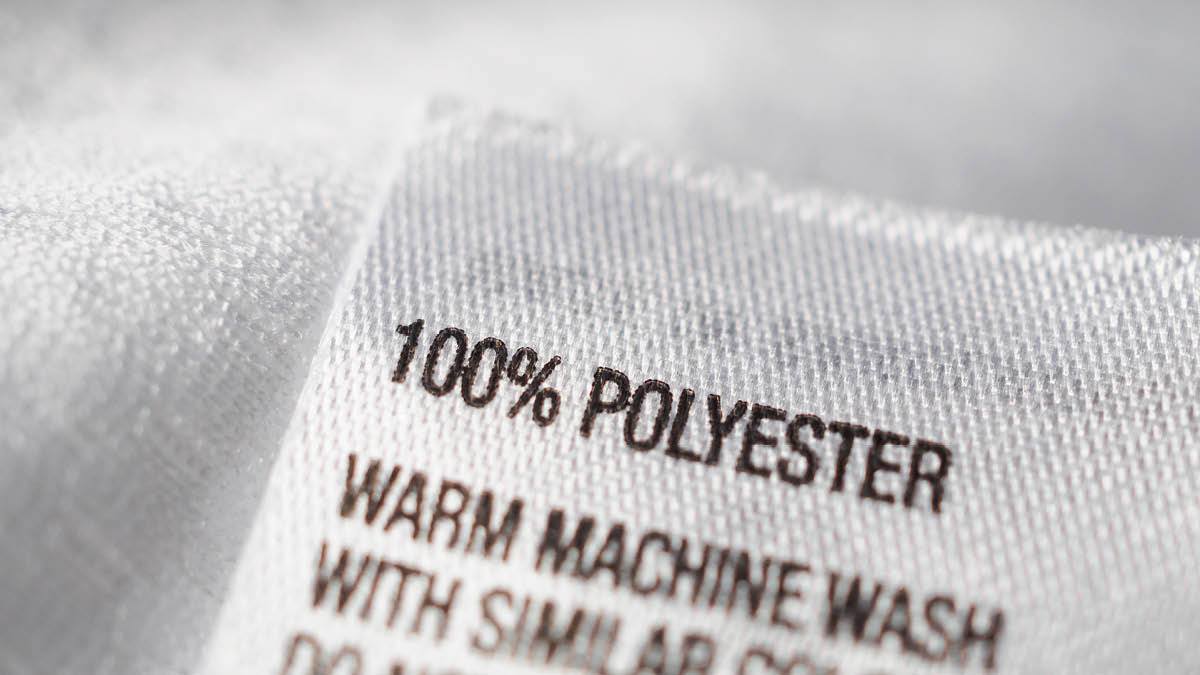Sustainable fashion is the future of clothing for a number of reasons. As consumers become more aware of the environmental and social impacts of the fashion industry, there is a growing demand for clothing that is made in a more sustainable and ethical manner.
One of the main reasons sustainable fashion is the future of clothing is because of the environmental impact of the fashion industry. The fashion industry is a major contributor to pollution and waste, with fast fashion in particular being a major offender. Fast fashion is a business model that involves rapidly producing and selling cheap, trendy clothing in order to meet the latest trends and consumer demand. The downside of this model is that it relies on cheap, low-quality materials and labor, and it generates a huge amount of waste. According to the Ellen MacArthur Foundation, the fashion industry generates around 92 million tons of waste each year, and clothing production is responsible for around 10% of global carbon emissions.
Polyester, one of the main materials used in fast fashion, is a synthetic polymer that is commonly used in clothing, upholstery, and other household items. While it has some benefits, such as being durable and wrinkle-resistant, it can also have negative impacts on human health. Here are a few reasons why polyester may be bad for human health:
-
Chemical emissions: Polyester is made from petrochemicals, which are derived from fossil fuels. The production of polyester can release chemical emissions that can have negative impacts on human health, such as respiratory problems and skin irritation.
-
Microfiber pollution: Polyester is a type of microfiber, which are tiny fibers that are released into the environment during the production, use, and disposal of synthetic textiles. These microfibers can end up in the water supply, where they can be ingested by marine life and potentially enter the food chain. There is also evidence that microfibers can be inhaled, which could potentially impact human health.
-
Allergies: Some people may be allergic to polyester or other synthetic materials. Symptoms of an allergic reaction to polyester may include skin irritation, rashes, and respiratory problems.
-
Heat retention: Polyester is not a breathable material, which means it can retain heat and moisture. This can make it uncomfortable to wear in hot or humid conditions, and can potentially lead to skin irritation or other health issues.
While polyester is a widely used and convenient material, it is important to be aware of its potential negative impacts on human health. If you are concerned about the health effects of polyester, you may want to consider using other materials, such as natural fibers like cotton or wool, which can be more breathable and comfortable to wear.
In contrast, sustainable fashion is focused on using materials and production methods that are less harmful to the environment. This can include using organic and natural materials, such as organic cotton or hemp, and using production methods that are less resource-intensive, such as zero-waste or circular fashion. By using these materials and methods, sustainable fashion helps to reduce the environmental impact of the fashion industry and promote a more sustainable future.
Another reason sustainable fashion is the future of clothing is because of the social impact of the fashion industry. The fashion industry has a long history of exploitation, with many brands using cheap, poorly-paid labor in developing countries to produce their clothing. This has led to issues such as poor working conditions, low wages, and even human rights abuses in some cases. Sustainable fashion, on the other hand, is focused on ethical and fair labor practices. This can include paying fair wages, providing good working conditions, and supporting local communities. By supporting sustainable fashion, consumers can help to promote more ethical and fair labor practices in the fashion industry.
In addition to its environmental and social benefits, sustainable fashion is also becoming more popular with consumers. As people become more aware of the impact of their clothing choices, they are increasingly looking for brands that align with their values and offer more sustainable options. This trend is being driven by younger consumers in particular, with a recent survey finding that 70% of Gen Z and Millennial consumers are willing to pay more for sustainable fashion. As these consumers become a larger part of the market, sustainable fashion is likely to become even more popular and mainstream.
Overall, sustainable fashion is the future of clothing because of its environmental, social, and consumer benefits. By using materials and production methods that are less harmful to the environment, promoting ethical and fair labor practices, and meeting the growing demand for sustainable options, sustainable fashion is well-positioned to be a major force in the fashion industry in the coming years. As consumers become more aware of the impact of their clothing choices, sustainable fashion is likely to become the norm, rather than the exception.




Leave a comment
This site is protected by hCaptcha and the hCaptcha Privacy Policy and Terms of Service apply.